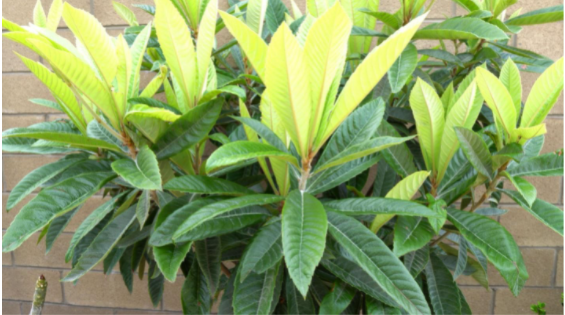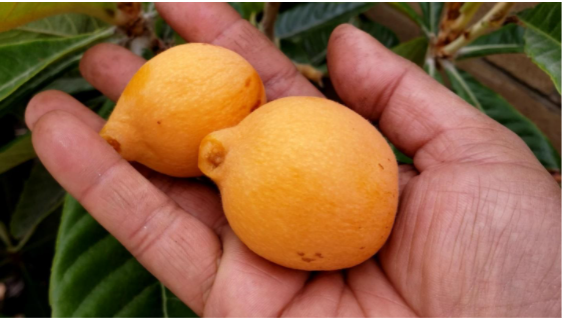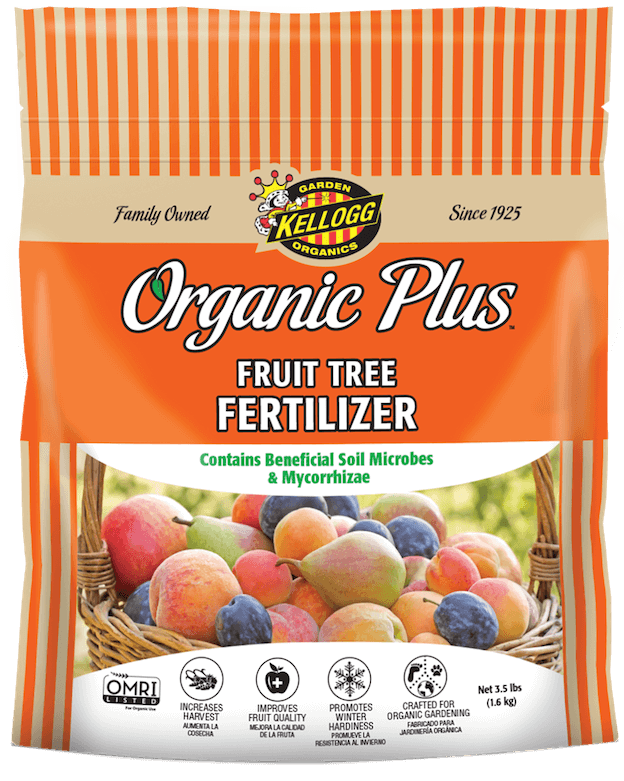In today’s video blog we will look at how to grow loquats in your home garden. Loquats are also called Japanese plums, or Eriobotrya Japonica. It’s a tasty tropical fruit that is very easy to grow and requires low maintenance. The fruits are so delicious that it will leave your taste buds wanting for more.
Our tree pictured here is called the “Christmas Loquat”, a dwarf variety which we got online from logees.com. Loquat trees are best started from grafted plants, not from seeds. Although you can grow loquat from seeds, it may take a long time to fruit. We used Gary’s top pot soil which we bought at a local nursery, Laguna Hills nursery in SoCal to plant our loquat. The potting mix consist of peat moss, perlite, pumice, and charcoal. The dwarf variety of loquats can easily grow in a big container, however if you have space in your garden, I would recommend planting the loquat tree in the ground. We got our loquat tree in a 10-inch pot and are planting in a container. At the time of planting, we used a slow-release organic fruit fertilizer, alternatively you can also use a fruit tree fertilizer. We sprinkled approximately one cup of fertilizer around the base of the plant before planting, make sure you compact the soil around the plant while planting.

At about 10 days from planting, you can see new leaves on your loquat tree. Around 90 days since planting, the tree looks lot bigger and has a thicker stem, and more leaves. At our new home we planted the loquat tree in the ground, and with all the extra space the tree grew much bigger. At one and a half years since tree had grown several branches, and some of them had clusters of flowers. Loquats are self-pollinating, and they do not need another tree to produce fruits. At 1 year and nine months since planting, we noticed small green fruits, there are usually four to seven fruits in each cluster which will ripen soon. We harvested our first ripe loquat fruit from the tree 2 year from planting. Loquat fruits turn yellow as they begin to ripen and will turn a darker shade of yellow (orange/mustard) when they are fully ripe. The fruits are the sweetest when they are fully ripe. If you prefer a slightly tart taste then you can harvest the fruit when they start turning yellow and the flesh is little hard to press.


Loquats have a unique taste which is hard to describe. They taste like a combination of a peach, orange, and an apricot. Loquats ae generally not available at grocery stores as they only stay fresh for a week, so you should definitely try growing these delicious fruits in your home garden. Loquat fruits have great nutritional value, it has Vitamin A, B, C, potassium, magnesium, calcium, and phosphorus making it one of the best fruits that you can eat.
Make sure you fertilize your tree and provide adequate nutrients to your tree during the first two years of growth. Add a slow-release fertilizer around the base of the plant and cover it with compost or planting mix. Follow this regime diligently every three months during the growing season. Mature loquat plants do not need any fertilizer but to get better quality fruits you may need to improve nutrients, macro nutrients that you provide to your tree during fruiting. Adding a fish/seaweed emulsion works very well for loquat trees to get all the micro nutrients they need. Water the tree well upon application of the fertilizer.

As far as general watering needs go, loquat trees need to be watered sparingly. Our drip system runs for about an hour, every 10 days or so and the water is plenty for loquats to grow and thrive. They do need more frequent watering in years one and two, and the frequency of watering will depend on your growing zone. Loquats thrive here in zone 10 in So Cal, however you can grow loquats in Zones 8 or higher.
Watch our detailed video on growing loquats at Growing Loquat Fruit – How to Grow the Best Loquats in Your Garden!

0 Comments